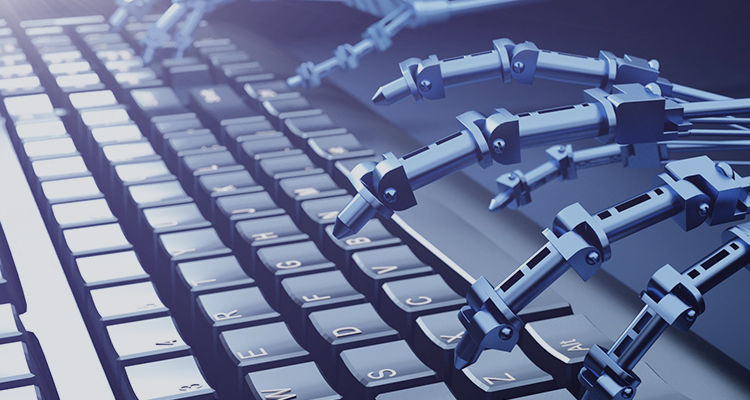PCB basic material choosing
There are two main types of printed circuit board substrates: organic substrate materials and inorganic substrate materials.
Organic substrate materials are the most used. Different PCB substrates are used for different layers. For example, 3 to 4 layer boards use prefabricated composite materials, and double-sided boards mostly use glass-epoxy materials. During lead-free electronics assembly, as the temperature rises, the degree of bending of the printed circuit board increases when heated. Therefore, in SMT, it is required to use plates with less degree of bending, such as FR-4 and other types of substrates. Due to the influence of the expansion and contraction stress of the substrate on the element, it will cause electrode peeling and reduce reliability. Therefore, the material expansion coefficient should be paid attention to when selecting materials, especially when the element is larger than 3.2 × 1.6mm. PCBs used in surface assembly technology require high thermal conductivity, excellent heat resistance (150 °C, 60min) and solderability (260 ° C, 10s), high copper foil adhesive strength (above 1.5 × 104Pa) and flexural strength (25 ×104Pa), high electrical conductivity and small dielectric constant, good punchability (accuracy ± 0.02mm), and compatibility with cleaning agents. In addition, the appearance must be smooth and flat, and no warpage, cracks, scars, rust spots, etc. should occur.
The thickness of the printed circuit board is 0.5mm, 0.7mm, 0.8mm, 1mm, 1.5mm, 1.6mm, (1.8mm), 2.7mm, (3.0mm), 3.2mm, 4.0mm, 6.4mm, of which 0.7mm and 1.5 The PCB with a thickness of mm is used for the design of the double panel with gold fingers, and 1.8mm and 3.0mm are non-standard sizes.
Printed circuit board size from the production point of view, the minimum single board should not be less than 250 × 200mm, generally the ideal size is (250 ~ 350mm) × (200 × 250mm). For PCBs with long sides less than 125mm or wide sides less than 100mm, it is easy to use the way of puzzle. The surface assembly technology specifies the bending amount of a substrate with a thickness of 1.6 mm as upper warpage ≤ 0.5 mm and lower warpage ≤ 1.2 mm. The allowable bending rate is usually below 0.065%.
It is divided into 3 types according to metal materials, as shown in typical PCBs. It is divided into 3 types according to soft and hard structures. Similarly, typical PCB copy boards, electronic plug-ins have also developed toward high pin count, miniaturization, SMD, and complexity. The electronic plug is mounted on the circuit board through pins and the pins are soldered on the other side. This technology is called THT (ThroughHoleTechnology) plug-in technology.
This is the typical application in the PCB. With the rapid development of SMT chip technology, multi-layer circuit boards need to be electrically connected. This is ensured by electroplating after drilling, which requires various drilling equipment. In order to meet the above requirements, at present, different performance PCBs are introduced at home and abroad.
CNC drilling equipment.
The production process of printed circuit boards is a complex process, which involves a wide range of processes. The main fields involved are photochemistry, electrochemistry, and thermochemistry. There are also many process steps involved in the manufacturing process. The multilayer wiring board is taken as an example to explain the processing steps.
Drilling is a very important process in the whole process. The PCB fabrication and assembly time of the hole also takes the longest. The accuracy of the hole location and the quality of the hole wall directly affect the subsequent metallization and patching of the hole, and also directly affect the printing.
PCB fabrication and assembly quality and processing cost principle, structure and function of NC drilling machine The common methods of drilling on circuit boards are NC mechanical drilling method and laser drilling method. At present, mechanical drilling method is most used.
With the popularity of high-density layered circuit boards, the demand for blind holes has increased, and the application of laser drilling processing methods has increased. However, laser drilling processing has poor adaptability to the material being processed, high equipment costs, and low hole wall quality, etc., so that nearly 90% of PCB holes are currently implemented by mechanical drilling machines.
In order to improve efficiency and reduce costs, PCB copy board drilling machines mostly use a multi-spindle parallel cascade structure. Six-axis drilling machines are currently used the most. The main body is a gantry frame structure, and the main components are divided into: basic components bed, beams, x-axis, y-axis and z-axis motion guide components, table components, spindle components, and other auxiliary function components. The main movement of PCB drilling machine is x-y-z tri-axial linear motion and high-speed rotary motion of main shaft.
Because the drilling process generally uses the point control for the x and y axes, the x and y axis movement and positioning are generally high-speed positioning, and the z axis is a direct working axis. Different feed speeds need to be adjusted and controlled according to the different drilling sizes . Through the above motion combination and some auxiliary functions, it is possible to process through holes and blind holes with different apertures at different positions on the PCB. At the same time, it also determines the main parameters such as the accuracy and speed of the PCB board drilling machine.


